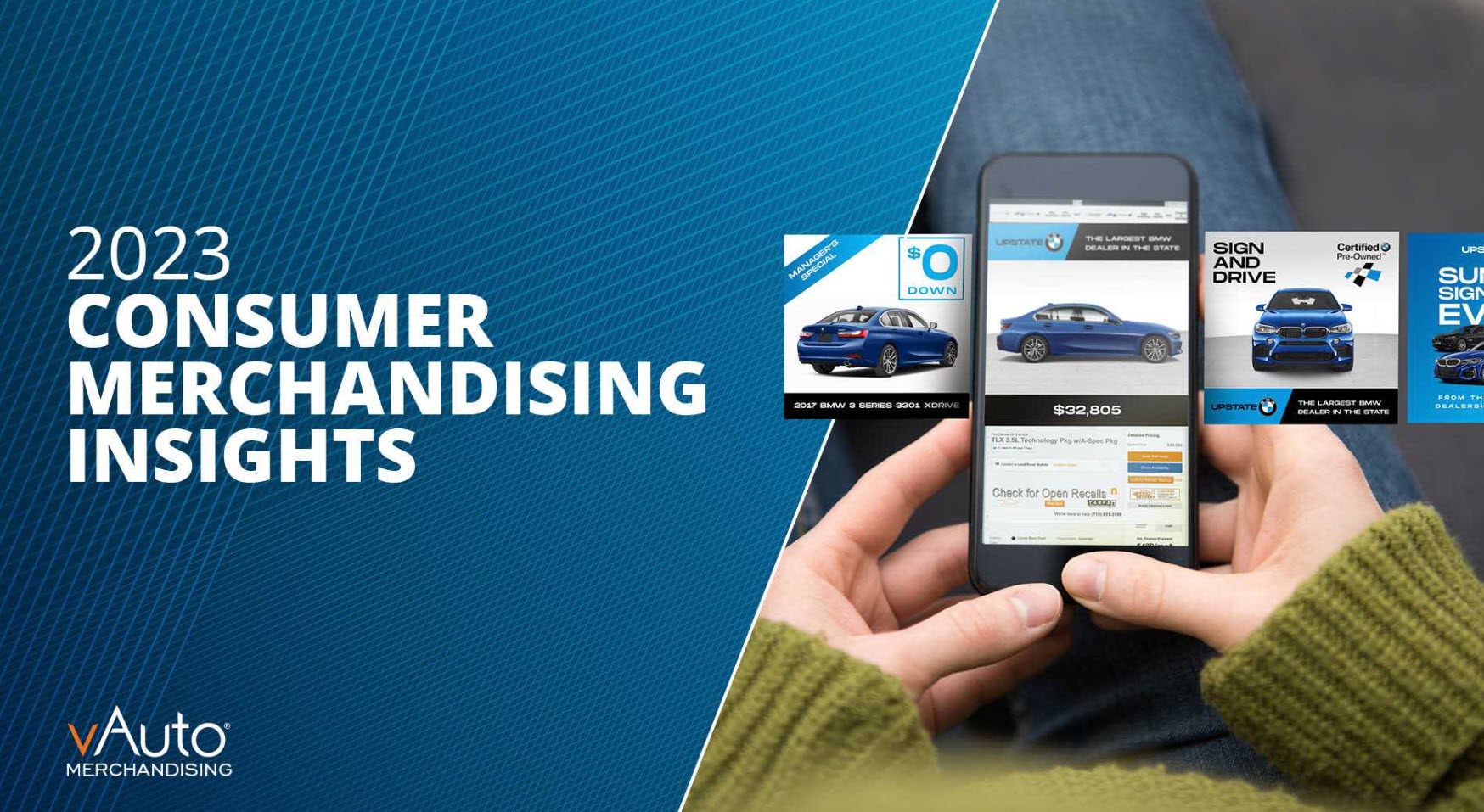How to Apply Variable Management to Merchandising | vAuto
By now you’ve heard that the Variable Management approach is the most effective way to manage the vehicles in your used car inventory. With Variable Management, you assess each vehicle’s unique investment potential when making decisions, which helps maximize profitability. So far, most dealers have only used Variable Management to help with pricing and appraisal. Now it’s time to apply the same approach to online merchandising for more comprehensive used car inventory management.
Why Merchandising Matters
In the past, vehicle merchandising was just something you had to do and you didn’t think too much about it. You simply uploaded some photos using a standardized process, treating all the vehicles in your used car inventory the same. But that approach didn’t give car shoppers enough information to help them choose a car — and it didn’t allow dealers to explain why a certain car might be priced higher than a shopper might expect. Today, some dealers have started to realize that you can sell more cars and maximize your ROI by telling a unique, compelling story about each vehicle.
Variable Merchandising Strategies
Tailoring your merchandising process for each car might seem like a daunting task when you’re listing hundreds of them every month. Here are three strategies you can use to make merchandising easier, more effective and a more integral part of how you approach used car inventory management:
- Highlight the features with the highest value.
Don’t feel like you have to spell out all the details about every vehicle feature. All that information will just overwhelm a car shopper and won’t actually help them choose one vehicle over another. Instead, focus on the features that shoppers truly value and will pay more for, such as:
- Tires and brakes. During reconditioning, consider replacing the tires and brakes on a car — and then include this detail in your vehicle description. Shoppers will take note and will appreciate the value of the improvements. Research from Cox Automotive and vAuto1 shows that most shoppers are willing to pay more for a car with new tires (71%) or new brakes (69%).
- Technology. Shoppers will also pay more for technology in a car — particularly safety and security features, parking assist and in-vehicle Wi-Fi. Note that these items are not visible, so you can’t rely on photos alone to communicate this part of a vehicle’s story.
- Certification. If a vehicle is certified pre-owned (CPO), be sure to include this detail — and explain its value so shoppers understand why they might want to pay for it. The certification provides peace of mind and might help some shoppers feel better about purchasing a used vehicle if they can’t afford a new one in today’s market.
- Leverage photos because they get the most shopper engagement.
Telling the right story about each vehicle doesn’t require you to write a novel in every listing. In fact, Dealer.com user experience research [JH1] shows that shoppers interact much more with the photo carousels on vehicle detail pages (VDPs) than they do with the text areas. That means you should highlight the above features within your photo carousel, either as text overlays or billboards.
- Use tools to make the process easy.
Tools such as vAuto Intelligent Promotion can automate and elevate your digital merchandising efforts to help differentiate the cars in your used vehicle inventory and win business from more online shoppers.
For more details, watch the recent Automotive News webinar featuring vAuto’s Nathan Fox, Unlock Vehicle Differentiation: Apply Variable Management to Merchandising.
1 Based on a 2023 survey of over a thousand shoppers who have either purchased a vehicle in the last two years and/ or intend to purchase a vehicle within the next two years.
To learn more about how vAuto can help you optimize merchandising as part of your approach to used vehicle inventory management, request a demo today.








